The following is a collaboration article between LIQUID12A and SmashChu.
The Metroid series, hailing from the days of the NES, has gone through ups and downs, notably two hiatuses in the late 90s and early to mid 2010s, respectively. The second hiatus coming to a close has not been seen positively due to the current title, Metroid Prime: Federation Force, being widely reviled since its initial reveal. Being subject to highly mixed reception, some have wondered whether Metroid will have a future or be left in the dust. Let’s see how well the series has performed financially before coming to a conclusion.
—Series sales data—
Sales(in millions) North America Europe Japan Total
Metroid 1.33 0.31 1.04 2.73
Metroid II: Return of Samus 0.85 0.31 0.56 1.76*
Super Metroid 0.57 0.12 0.71 1.42
Metroid Prime 1.96 0.67 0.10 2.82*
Metroid Fusion 1.18 0.27 0.17 1.68*
Metroid Prime 2: Echoes 0.87 0.35 0.07 1.33
Metroid Prime: Hunters 0.58 0.04 0.11 0.78*
Metroid Prime Pinball 0.21 X 0.02 0.26
Metroid Prime 3: Corruption 0.91 0.74 0.07 1.82*
Metroid: Other M 0.87 0.30 0.13 1.40
Metroid Prime: Federation Force TBA TBA <4000 TBD
*Numbers with this asterisk are outdated compared to more recent sales figures, which will be reflected within each individual game’s section.
The sales presented above are from VGChartz. Unfortunately, smaller series are often not officially tracked. As a result, we have to rely on VGChartz to ensure consistency between the games with official sources and ones without them. Please note that VGChartz’s numbers are estimates. You can find more on their methodology here.
NES, GBA and SNES Eras

The first game in the series was developed by long time employee Gunpei Yokoi. The game put the player in a strange alien world. Yoshio Sakamoto, current producer of the Metroid series recalled the events saying the team was trying to “create a game that took place in a gloopy, alien-like world.” The comparisons to the Alien movies have often been cited, including the antagonist Ridley’s name coming from Aliens director Scott Ripley. Interestingly, the name of the series was the combination of android and metro.
The game established many of the elements that made the game successful. You were placed in a creepy, alien world. Even the music had a strange vibe to it that Nintendo’s other games didn’t have. You were let off into a big maze and told to go off. Unlike other games in the series, the game was completely non linear. You could find power-ups and upgrades. Moreso, the games were much harder. In a comparison to the more Mainstream Legend of Zelda series, Sean Malstrom describes :
Metroid was never mainstream. As you can see with this commercial, it talks about the ‘challenge’ of Metroid and shows the player with the NES Advantage (arcade stick). The NES Advantage was bought by the ‘elite’ players (I’m using elite here since saying ‘hardcore’ would confuse people). Not everyone who played the NES was a ‘family parent’ or a child. The Atari gamers and computer gamers were used to joysticks. They, naturally, gravitated to the NES Advantage. And these Atari and computer gamers were the most experienced gamers out there. This is why the NES Advantage got associated with ‘challenging games’. The experienced gamers would gravitate to these games, and they all had the NES Advantage. The commercial is just playing on that.
The challenge is Metroid. The power is Nintendo
Interestingly, Metroid has remained the best selling Metroid series game in Japan. It’s hard to say why the series faltered in the land of the rising sun after the first game. If we look at Metroid versus the other games, then the difficulty may have been a major draw for Japanese players. One thing to note about the series is compared to other Nintendo series, Metroid is a niche series. As one site, Infendo, discussed, Metroid leaves the player to their own devices. The game offers no direct guidance, the world is devoid of allies, and enemy fire is coming from all directions. In their own words “Metroid games can be a downright bleak and protracted affair.”
Read more at http://www.siliconera.com/2011/12/26/memories-of-making-metroid/#3FzDZevYmFuZrHlQ.99
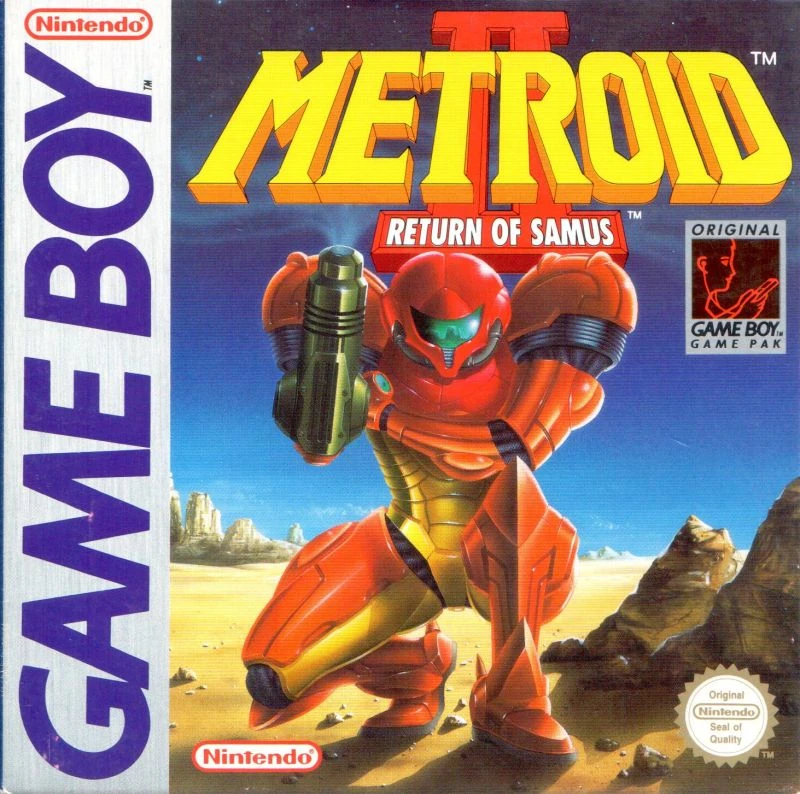
The continuation of the Famicom original, Metroid II was released on the popular Game Boy console from the time. It expanded on what the original introduced by adding higher graphical detail for the time, a bigger world and a more clear objective that still demanded exploration. Many series staples were introduced here, such as the iconic Varia Suit design(and name as a result of a mistranslation) and powerups such as the Screw Attack in it’s infinite jump glory. While it’s not regarded as well in comparison to some other 2D titles, it’s still an important part of the franchise and was famously remade as a fangame before being taken down by Nintendo themselves.
As of December 2014, updated figures paint the lifetime sales of Metroid II at 1.72 million, in contrast to what is said by VGChartz.
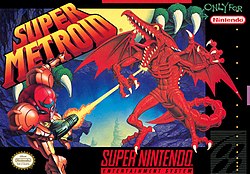
The third entry in the series would come with the release of Super Metroid for the Super Nintendo. Interestingly, the game brought you back to Zebes. It introduced new areas and enemies, but the game didn’t stray from what was established in the NES title.
Nevertheless, sales of Super Metroid declined from the previous two titles. Moreso, Japanese sales also declined compared to the NES title. The reason may be due to a lack of difficulty. As Malstrom describes: “Super Metroid was very different from the original Metroid and, when it came out, was somewhat disappointing. Super Metroid was a triumph in production features especially the aural experience. But Super Metroid was extremely easy. And Super Metroid was never a trippy experience.”
Super Metroid was released in a generation where arcade action was still highly valued. Although the 16-bit games were easier than the 8-bit counterparts, there was still an expectation of challenge. Super Metroid didn’t offer that. Conversely, the popularity of the game by fans today is in part due to the elements that doomed the game in the early 90s. Now, atmosphere is highly valued where difficulty isn’t. So the game has managed to find an audience in its own right. The new “hardcore” care about immersion rather than white-knuckle action.
GBA Era
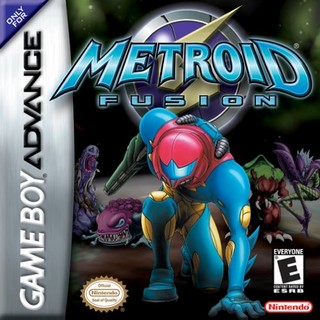
As mentioned below, Fusion was released on the same day as Metroid Prime, to continue the 2D games in a modern era on the Game Boy Advance. It made liberal changes to the Metroid formula such as having a bigger emphasis on narrative and more linearity, but unlike the much maligned Metroid: Other M, Fusion retained traits of a typical Metroid game and is thus not as much an outlier as some think it would be, a fact also represented in its sales figures, passing over a million for North America alone while achieving some success overseas. This era also saw the release of Metroid Zero Mission, a remake of the first Metroid game that was likewise acclaimed and a financial success.
In contrast to the chart at the top of the article, the accurate sales figures for Fusion are slightly lower, peaking at 1.6 million, which is still a respectable number.
The Prime Trilogy

After a long hiatus, Nintendo released two Metroid games on the same day. Metroid Fusion and Metroid Prime were first released in US on November 17, 2002. Metroid Fusion was directed by Yoshi Sakamoto who originally worked on the first Metroid. The game was somewhat of a callback to the earlier games featuring the same 2D gameplay style with some new twist on the formula. Metroid Prime, on the other hand was developed by Retro Studios, a small development team owned by Nintendo. Interestingly, Metroid Prime was the successful game despite the Metroid Fusion having veterans of the series working on it. Metroid Prime became the best selling game in the series by far as a result.
While you may not realize it at first, these two games are a window to what makes Metroid successful. In an interview with the developers of Metroid Fusion, Takehiko Hosokawa stated, “Until now, Metroid games had a high degree of freedom. However, in this case, the player is restricted. Accordingly, this time the story follows a single path, and moreover, we made it so users can navigate through a navigation room.”
Metroid Fusion has been seen as the odd one out of the series, yet Metroid Prime is considered the Citizen Kane of gaming. In an article written by IGN:
“There are two levels of gameplay in all games. The first is what is required for progression. The second layer is player determined, what she chooses to do in the world when she doesn’t feel like following the breadcrumb path. In Metroid Prime, these two levels of gameplay are unified. If you’re not following the linear checklist of which areas you can access in the proper order, you’re still in the narrative environment. If you’re not progressing, you’re still exploring, searching for the unexpected discovery.
Metroid Prime’s success was very much in that it gave the player freedom. Like Super Metroid, the game had a set path, but you were never discouraged from straying from that path. In fact, you were often reward for looking around as you could find power ups to make Samus stronger. Unlike Metroid Fusion, the game didn’t force you to listen to the story, but let you discover the lore on your own.
Interestingly, Metroid Fusion was seen as a continuation of the series. It was Metroid 4. It was the original directors and designers and it featured the same kind of gameplay. Yet Metroid Prime was the game that created a trilogy and numerous spin offs. Nintendo tried again with Metroid Zero Mission, a remake of the original game. However, it only went on to sell 0.86 million units (according to VG Chartz). It fell into the same traps as Metroid Fusion focusing on being a linear game with a greater emphasis on story.
Prime remains the top selling game in the franchise, with updated sales numbers showing the game peaking at 2.84 million, a slightly higher figure than claimed by VGChartz at 2.82 million.
.jpg/250px-Echoesboxart_(Large).jpg)
The first sequel to Prime, Echoes was an acclaimed title but didn’t bring in the same numbers as the original, selling roughly half in Europe, almost the same in Japan, and close to a million for North America. It’s not unusual to expect a single player series to decline with subsequent games as the audience for the game would mostly come from those who played the original. Additionally, it released in a time when console first person shooters were booming. It also released the same year as Halo 2 which sold over 8 million units according to CNN. It doesn’t help the the series are strikingly similar on the surface, both being about armored space fighters blasting hostile aliens. Moreover, the game released late in the Gamecube’s life, which was struggling to find a market in the US selling 8.84 million units as of November 30, 2004.
Updated sales figures show that Echoes went on to sell 1.10 million units as of December 2014, less than half of it’s predecessor, but a decent number nonetheless.
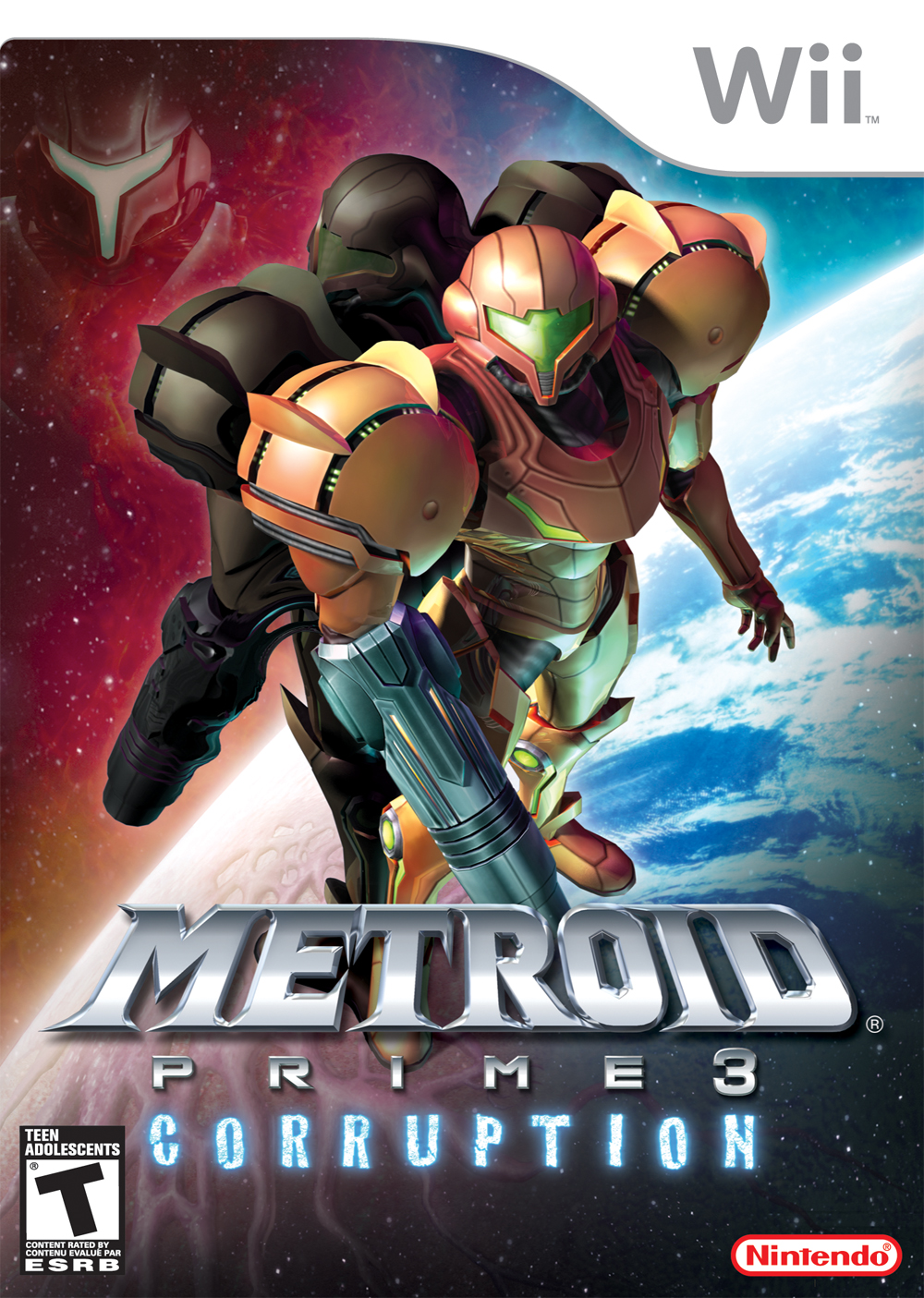
Metroid Prime 3 would see an increase of sales totaling 1.41 million(going by the most recent figures) as compared to Metroid Prime 2: Echoes with sales totaling 1.10 million. The increase in sales may be due to the Wii and Metroid Prime adapting to that. While motion controls may seem lame now, they were exciting and different in 2007. It opened up a new way to play. It made first person shooters on a console have some kind of precision aiming. The game also adapted to the ease of play on the Wii. The game had a greater focus on action, but didn’t ignore exploring. Although you started in friendly territory, you soon moved to ancient world and your allies began to turn on you. In many ways it added some of the ease of a Wii game but never jeopardize its values, which is probably a contributing factor to it’s higher sales figures relative to Echoes.
Nintendo DS Era
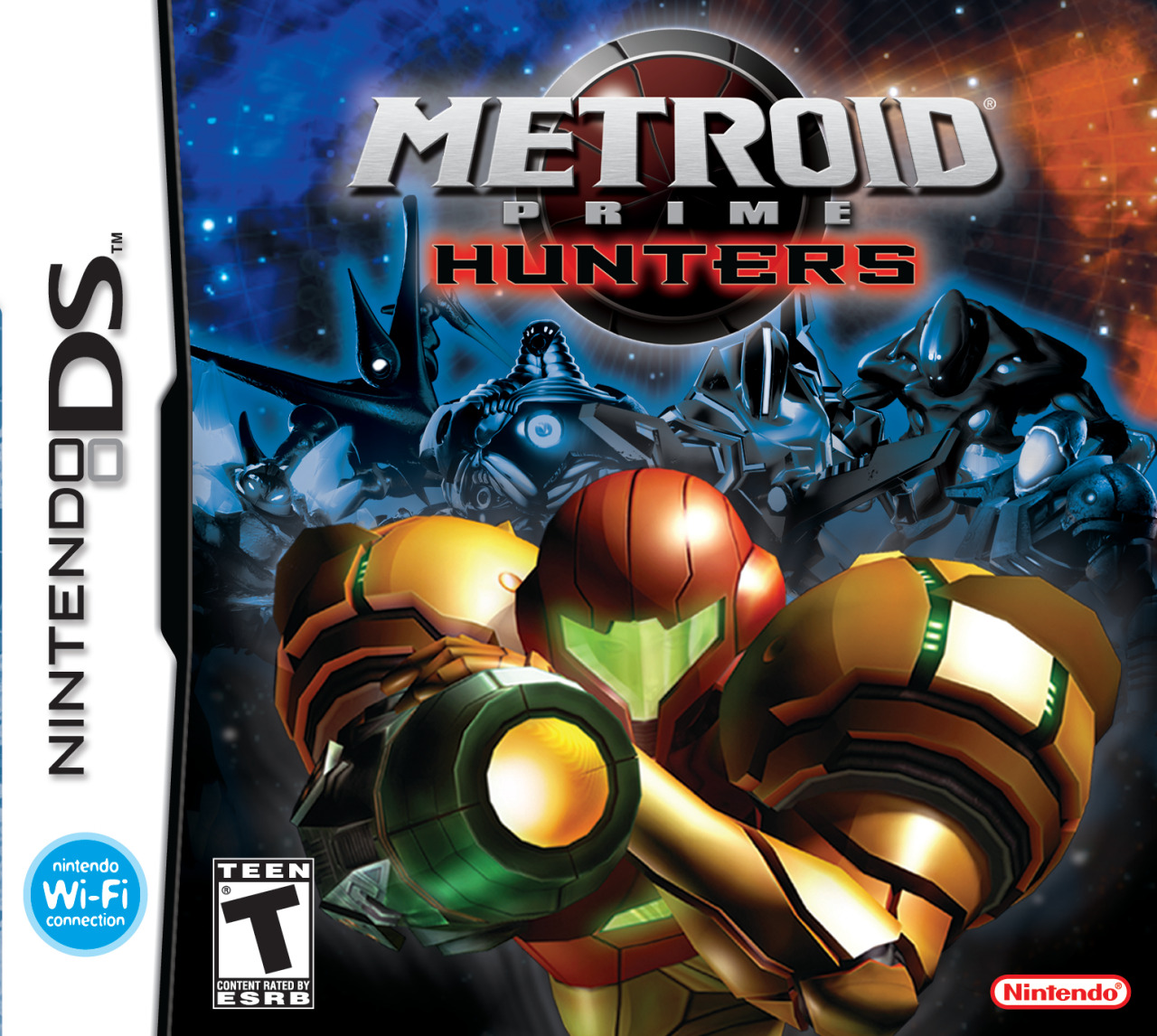
In the time of the DS, Metroid was very hot. It wasn’t a big series, but it was one that was highly anticipated thanks to the success of Metroid Prime. Although shown off with the announcement of the DS and playable at E3 2004, the game wouldn’t launch until over a year later in 2005. The game has a greater emphasis on multiplayer than other titles before (although multiplayer was featured in Metroid Prime 2: Echoes. However, the game failed to break a million units. Metroid is a niche series, even during its height. A series like Animal Crossing and Super Mario can have successful spin-off titles because their brand is so strong. In a spin-off, brand is what is selling the product more than just the game. The Metroid brand was not exceptionally strong. Nevertheless, the game was critically scoring 85 on Metacritic.
A notable update from years past in regards to sales figures was that Hunters did break 1 million units, but only barely, eventually ranking in 1.08 million over many years, with sites like VGChartz failing to account for the change. Thus, it did fare better than what is commonly believed.
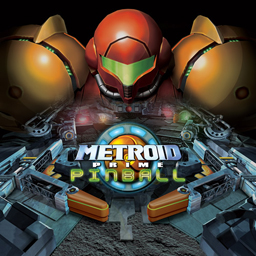
A departure from the norm for Metroid, Pinball was another DS spinoff in the Prime trilogy, based on the first game, but translated to various pinball tables. Numbers are hard to track down, but it’s still assumed that it sold okay, ranking in over 250,000 units worldwide, and it received some favorable reception at the time. Both DS titles, being spinoffs, were released at a time when the series was well revered in the public eye, and thus could afford to take a step in a different direction, a point to revisit later when discussing the current position of the series.
Wii Era
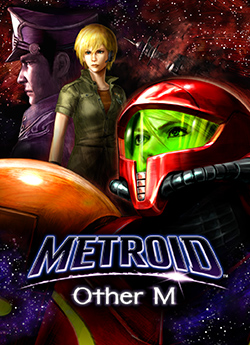
After the height of Metroid Prime, the entire series was brought to its knees because of one man’s poor decisions and a little Wii game called Metroid: Other M.
Metroid Other M came out of a time when Nintendo thought they could do no wrong and focused on their own pet projects rather than the games that made the current systems, the Wii and the DS, successful in the first place. Miyamoto pursued another Super Mario Galaxy game, even including a DVD that explained how to play the game. Anouma made a follow-up to The Legend of Zelda: Wind Waker focusing on puzzles. Sakamoto, on the other hand, seemed to be getting even with Retro Studios.
Sakamoto’s intent was made evident during the Iwata Ask discussion. In the beginning, he states “I made the initial plans for this project, and have been co-operating with TECMO on the gameplay aspects and Kitaura-san on the cinematic aspects of the game during its development. Of the two, I’d say there is more work for me on the cinematic side this time” The story was clearly focused on this time around. This is also made clear given the number of cutscenes and the fact there is a 30 minute movie that unlocks after the game is completed. But what is more telling of this situation is Sakamoto’s reaction to the team viewing the cinematics.
Iwata: What was Sakamoto-san like in the studio?
Kitaura: He stood close to me, checking the monitors. When we’d shoot a particularly moving scene, I’d ask him ‘How was that, Sakamoto-san?’, but he’d be completely silent – again.
Iwata: Just like when he saw the storyboards for the first time?
Kitaura: Yes! (laughs) I was really worried, thinking ‘Oh no, he doesn’t like it…’, but then when I peeked at his face, his eyes were full of tears.
Sakamoto was clearly emotionally invested in the story of the game. However, critics heavily disagreed with him.
The compassion to George Lucas and the prequels has been done more often than can be counted, but I[SmashChu] think its a fair comparison. Sakamoto was clearly emotionally invested in his own story, but he was unable to see how awful everyone else found it. He also didn’t care that Metroid was not about some story and all it did was make Samus seem subservient to this character he only just met (him originally just being a computer). In the end, the game was a disaster. It wasn’t listed among Nintendo’s million sellers within its earnings releases.
https://www.destructoid.com/metroid-other-m-s-story-fails-on-so-many-levels-183310.phtml
Federation Force and future

Federation Force released in the wake of intense criticism and backlash from fans, being judged as being on Hunters’ level at best as an entry in the franchise. The sales numbers, however, are currently known to be a gargantuan flop, selling less than 30,000 units as of September. In the UK, the game didn’t break into the top 40 on the week of its release. Likewise, in Japan, the game sold less than 4,441 copies in its first week. This can be attributed to the poor decisions in regards to the game’s release, on top of the fact that it was a spinoff and not a mainline game; Hunters sold and was received well because there remained the expectation of a proper followup to Echoes, something Federation Force sorely lacked.
Metroid is a great case study for what makes a series work. Each game has core values it adheres to. In Metroid, the values are exploration and isolated alien worlds. The most successful games in the series do both. Metroid, Super Metroid, and Metroid Prime all had a sense of isolation and in a strange alien world. The games gave you a sense of freedom as you could go where you pleased so long as you had the tools necessary.
Sakamoto had mixed results with the series when he wanted to make the games linear. Metroid Fusion is a slight outlier to the series. Metroid Other M is single-handedly considered to be the lowest point of the series. The same could be said about Metroid Prime: Federation Force. It doesn’t capture either of these elements because the game is a team-based shooter. Metroid Prime Hunters worked because while it had a greater emphasis on multiplayer, it still offered a single player that at least attempted to capture the spirit of the games.
Fans have through criticism of the majority of their new titles because they stray from the reservation. What fans are upset is that they are getting games that don’t capture the same values of the original. Metroid Prime Federation Force doesn’t get the rest of the series just like Metroid Fusion and Metroid Other M. The other thing Metroid teaches us is that the game’s designer or director may not “get” the game. It’s clear that Sakamoto had no idea why the Metroid series was popular. He was too involved with his own emotions when making Metroid Other M and the result is a game that is often derided because of the decisions made. In many ways, Sakamoto not understanding Metroid is why it went from being a success to a failure almost overnight.
Closing
Metroid, as a series, has gone through many ups and down. But there is an interesting pattern when a game does well or poorly. Nintendo, from what it seems, doesn’t really get Metroid. With Metroid Prime: Federation Force, they can’t understand why it was so poorly received. The wrong answer is people don’t like Metroid. One thing companies have to realize is that gamers are smart. In a discussion with Joe Rogan, the controversial journalist Milo Yiannopoulos stated that gamers are smart. In his own words, “The sci-fi fans are nice, the comic book fans are nice, but gamers are ****, hot smart” (see here, but viewer discretion is advised). You can’t put the wool over the eyes of the gamers. You can’t give them a bait and switch. If Nintendo wants Metroid, or any other series to be successful, they have to understand what made them like it in the first place. They need to adhere to the values of Metroid: exploration and isolations. As Nintendo tries a new strategy of focusing on their IPs, they have to realize that just because you put Samus on the cover doesn’t make it a Metroid game.

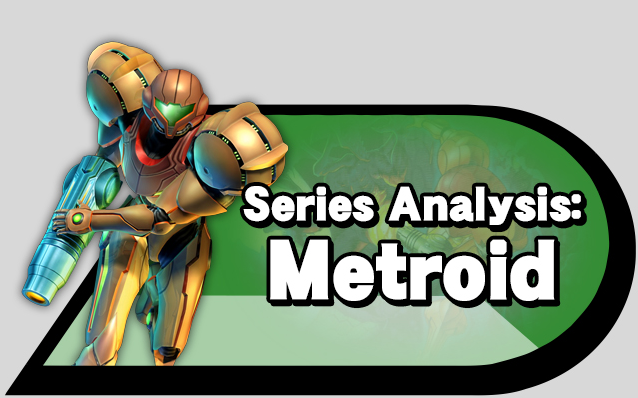







Why are you using VGChartz, exactly? Wouldn’t it make more sense to go by this thread, which is supposed to be the real deal when it comes to Nintendo sales?
http://www.neogaf.com/forum/showthread.php?t=963700
Metroid Prime Hunters actually did break a million, just barely though. And neither Prime sequels sold as much as VGChartz seem to think they did (Prime 2 at 1.10 million, Prime 3 at 1.41 million).
Our bad, since we knew about this particular chart. I’ll make a quick edit to reflect that.
the same guy who asked for a series analysis for Metroid.
thank you so much for doing this
also, it’s seem like you’re using VG Chartz’s guesstimate data.
reposting from my old comment (https://sourcegaming.info/2016/09/01/nintendo-direct-91-roundtable/#comment-8165):
_________________________________________________________________________________________________
“The sales are all over the place, NPD data and such. and there’s zero concrete data on Other M if it sold a million outside VGchartz outside Reggie saying it’s not going to get to a million soon.”
“and talk to NeoGAF about this too, i don’t normally browse there neither signed up for that place, but they found a ton of NPD data of Metroid’s japanese sales from Super to Zero Mission’s releases.”
https://u.pomf.is/tqfwwn.jpg
http://www.neogaf.com/forum/showthread.php?t=1271584
“please also ask the guy who’s handling the Nintendo sales in this thread for some valid sources of the Metroid sales data”:
http://www.neogaf.com/forum/showthread.php?t=963700
“and check out this thread too”:
https://m2k2.taigaforum.com/post/the_overall_metroid_sales_data_thread..html
_________________________________________________________________________________________________
also three additional things:
– these are Metroid’s famitsu sales (Fusion to Other M to FF’s entry sales): https://u.pomf.is/qdueqd.jpg
– ZhugeEX is an industry analyst and seen sales data from many games including Nintendo games, i recommend you to go ahead and try to get him on this.
-Other M’s data on VG Chartz is inaccurate; for example, the site says Other M sold 130k in japan, it’s actually sold 75k (via Famitsu/NPD).
Hey, I’m glad you liked it,
When I write one of these sales articles, I kind of have this tier to sales sources, from best to worst,
1)Nintendo’s offical releases
2)Sales trackers (such as NPD)
3) VGChartz
VGchartz has a methodology to their analysis. I have asked them for more information on it and if it was ever validated/audited, but they have never responded. It’s not the best sources, but usually when we are looking at older games and ones that didn’t sell huge numbers, offical sources are harder to come by. I try to, when possible, validate their numbers to other sources. I did this for the Fire Emblem analysis.
I knew of Celine’s number before this. We have reached out to her (or him) to get the sources of the data, but they never provided it. Unfortunatly, I don’t have a NeoGAF account, so I’ve had to have other members try to get the information for me. I may reach out again in the future.
Since we don’t have support for their numbers, its hard to rely on them. I’m sure the numbers are right, but its hard to say they are correct without any support. So while the numbers are fine for you guys, it doesn’t work for us. This is why sometimes we have to rely on VGhartz more than we’d like to.
I didn’t use Japanese sales for this article (from Famitsu) because it wouldn’t support the anaysis. Outside of the first game, there wasn’t much need to include them. There was also a time issue as these take forever to right.
I hope that answered your concerns. Yeah, I’m with you that VGChartz isn’t the best. If we ever got more on their methodology or got some kind of validation, then I’d be much happier with their numbers.
Pretty solid article. I agree that Nintendo doesn’t get Metroid. Nor does it get its other “IPs”. If Nintendo thinks it can just slap the face of an IP on the cover and people will buy it no matter what (which is what it seems like they think), they are in big trouble.
They need to go back to Metroid NES, lock themselves in a room with it for like 6 months, and rebuild this series. They also fall into the trap of the internet gaming-forum, fanboy-nerd echo chamber. IOW, this “core” Metroid crowd, like you said, is all about Super Metroid for some reason. Nintendo tries to cater to this vocal minority not realizing the true potential fanbase of Metroid does not hang-out on these forums.
Correction on Zero Mission: It didn’t fall into the traps as Fusion at all. Zero Mission is incredibly light on narrative, having only two blocks of narration and no dialogue. Zero Mission is actually the most open Metroid game since the original, with cleverly designed areas that purposefully allow the player to break the rules. The game has many ways for the player to get to areas, upgrades, and bosses earlier or later than “intended”, or outright skip many of them altogether. Zero Mission was carefully designed to be accessible with its lower difficulty, but also be open to speedrunners and sequence breakers with special ending images and smart level design.
It’s actually kinda sad that Nintendo still doesn’t get why people like Metroid after 30 years, with their successes apparently being flukes. Being part of a series creates expectations that should usually be met in order to not potentially disappoint fans. Spinoffs should only be made when the series is active; Federation Force would’ve definitely fared better if it came out on the DSi like originally planned, likely landing right between Prime 3 and Other M. I’m bummed that this generation failed to get a non-spinoff Metroid game, as a 2D Metroid on 3DS and Prime game on Wii U would’ve been cool. I can only hope that Tanabe’s teased Prime game gets released in a reasonable amount of time.
The most I can look at is that Nintendo probably saw Monster Hunter and its success as a team-based co-op game and thought that it would be a good way to sell Metroid and make a niche IP that was never really popular in its native country into something they could potentially see more profits from – like the success of Fire Emblem becoming a hot brand for Nintendo.
It also explains a bit why they also made Triforce Heroes – as while Zelda is a big brand it too isn’t as popular in Japan as it is in the West.
Aside from anything else, I say Federation Force got hit badly with Wind Waker syndrome. It’s a decent game, nothing to write home about – but I don’t think it should’ve been hit as badly as it did with the negative reception. Granted, I do feel that despite that, if it was a true Metroid game – dropping the co-op and operating exactly like a Metroid game – that fans would still say it’s “disrespecting the series” if it kept the same art style.
oh and Liquid, it’s “Ridley Scott”, not movie actor: “Scott Ripley”
“…the antagonist Ridley’s name coming from Aliens director Scott Ripley.”
Actually, it’s “James Cameron.”
While the analysis is interesting, there’s one issue I have, concerning Other M and Federation Force. It’s more of a personal opinion, and I know that most people probably don’t agree with me on it, but I don’t see it necessary to compare either games to the core Metroid games. I don’t like Other M not because it’s not like a Metroid game, but because the story and gameplay both feel bad to me. Conversely, Federation Force is also not like standard Metroid games, but it’s still an enjoyable experience. It doesn’t feel right to judge either game based on the idea that they should have stuck closer to the Metroid formula, or that in Federation Force’s case, it’s timing affected the quality of the game. I enjoyed spin-offs like the Pokemon Ranger and Pokemon Mystery Dungeon series, but not because I expected a core Pokemon game to come along the way, but because they gave me a chance to interact with the universe in a different way. If we had gone some long period of time without a core Pokemon game only to get Shadows of Almia, I still would have enjoyed the game. Sure, it might not have been what I was waiting for, but as long as the game itself is enjoyable, then I can’t complain.
Back to the sales numbers, I did not know that the series had sold worse in Japan as opposed to North America, I usually imagine things happening the other way around. The only one that sold better was Super Metroid. Then again, I do recall hearing once that Japanese gamers prefer a more guided experience in their games, while western gamers prefer more open-ended games. If that’s the case (and I can’t remember where I heard that so it might as well be false), it might explain why the ‘easiest’ in the series (I never finished it myself) would have been better received, and since almost all the other games encourage exploration and offer little guidance, they would sell better here.